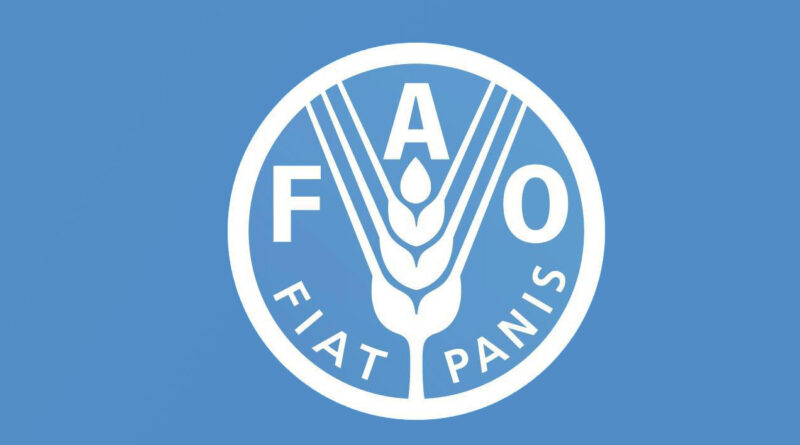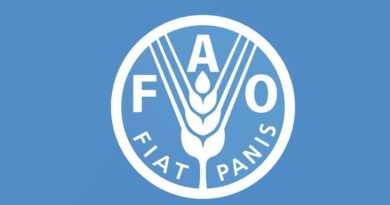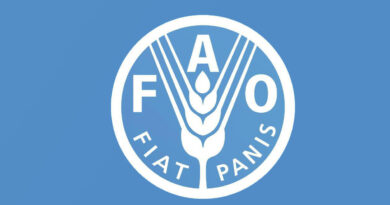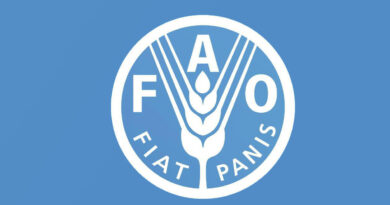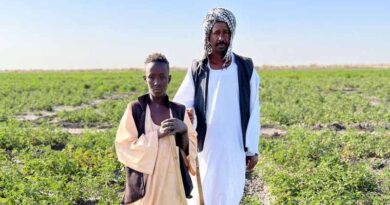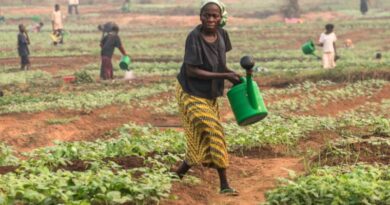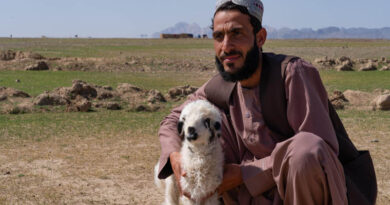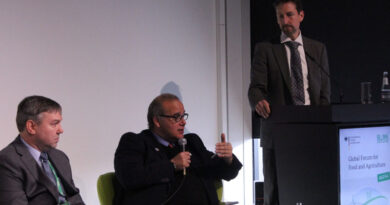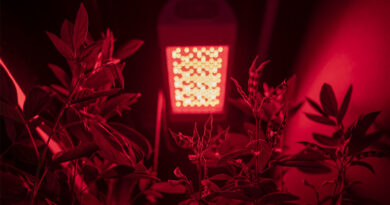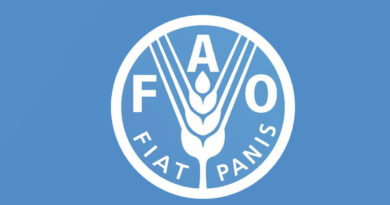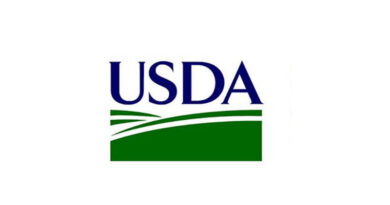Myanmar: A race to avoid increasing food insecurity
10 July 2021, Bangkok: Millions of people in Myanmar are expected to become hungry over the coming six months as food security is predicted to rise sharply and plunge the country into a food crisis. In the wake of political and financial instability, an increasing number of people are facing uncertainty as job losses continue, food prices increase, and its currency depreciates.
Acting now is critical before the crisis escalates to a devastating point. June marked the start of the lean season – a period between planting and harvesting of rice, maize and vegetables in the course of the monsoon season. During this time, job opportunities are also scarce, incomes plummet and food stocks dwindle — in other words, those who are already struggling will be further pushed to the edge, especially in fragile regions. The impending monsoon season itself adds another layer of danger, placing pressure on infrastructure and transport systems, which can become easily overwhelmed or cut off entirely due to heavy downpours.
Also Read: Dhanuka launches herbicide TORNADO
In Rakhine and Ayeyarwady regions, FAO’s Anticipatory Action programme is targeting both newly displaced people and rural host families with a combination of vegetable kits, poultry feed, rice seeds and fertilizers.That way, families will be able to boost production and plant in time for the monsoon season to provide them with bountiful harvests.
Anticipatory Action — which uses early warning data to predict the onset and trajectory of crises and protects people with tailored support before the worst has happened — has proven very effective in other countries where FAO is working to save lives and livelihoods against shocks.
As of 12 May, conflict has led to more than 114 000 people moving across the country – some returning to their rural townships and villages for safety. Many rural families that absorb the influx of urban migrants – especially following the heavy repression in Yangon city – are themselves suffering under the crisis and are at risk of having enough food for the growing population.
“We are seeing major disruptions across the country, especially to key transport and value chains and rising prices for key imported products such as cooking oil and fertilizers,” says Somsak Pipoppinyo, Programme Officer for FAO’s Regional Office for Asia and the Pacific. “We must act on these warnings and prevent rural families and newly displaced people from losing access to food,” he added “We must stop this unfolding crisis in its tracks.”
Families are preparing themselves for a food shortage: moving around in search of more jobs or resources, skipping meals or eating cheaper, less nutritious food, and even getting into debt to survive.
The early warning signs are clear. That’s why FAO is moving quickly with agricultural support to help families obtain inputs now rather than act after the crisis inevitably worsens.
“Today, we no longer have to wait for disasters to strip away people’s hard-earned assets before we act to help them.” says Reda Lebtahi, FAO’s Emergency and Rehabilitation Coordinator for Myanmar. “ We have the data to predict where shocks will hit and the tools to make sure families don’t have to start from zero every time that happens. With all of that at our disposal, it’s our duty to act, and Anticipatory Action is the way to do it.”
Anticipatory action is at the heart of the new way of working that humanitarian and development organizations need to adopt if they want to effectively protect lives and livelihoods from any number of hazards, either climate or human induced. With Anticipatory Action, FAO is at the vanguard of a faster, more dignified approach to humanitarian interventions — one that prevents crises before they occur and protects personal and global development gains along the way.

